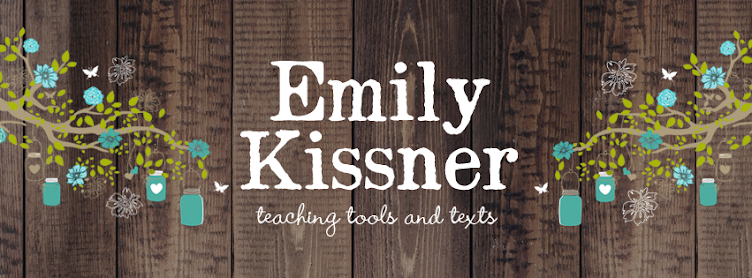Our school is located near an oak forest and an orchard, so we are in a perfect spot. At first, juncoes were our main birds. Now, we have seen chickadees, cardinals, tufted titmice, house finches, mourning doves, and English sparrows.
 |
| The tufted titmouse is a frequent visitor |
Long-term observations
Students have been able to engage in long-term investigations with the bird feeder. As they have looked at the data over time, students have come up with some generalizations. "We see more birds on rainy days than on sunny days," one student said. Another said, "We haven't seen the juncoes in awhile. They must be winter birds." I made an observation binder to keep track of what we see. It will be interesting to compare data across the years to see what changes we can notice.
 |
| A page in the observation binder |
Attentional switching
Is the bird feeder too distracting? I know that I sometimes stop mid-sentence and say, "Hm, the chickadee is here right now." However, I've learned that practice in switching attention back and forth can really help students to focus. (I wrote more about this in my book, The Forest and the Trees: Helping Readers Identify Important Details in Texts and Tests.) Being able to look up at the bird feeder, see what is there, and then focus back on the task at hand is important for students.
During state testing, kids did ask me to shut the blinds. :)
 |
| The cardinals in February |
Using resources
Kids use many different kinds of resources to identify the birds. I have put up the Ned Smith posters of Pennsylvania birds and animals, which are a handy resource. (I started out by using them to decorate the walls during state testing, and then left them up.) I also have several bird books on the windowsill. Students have gone from saying "What is that black bird?" to asking "Is that a starling or a crow?"
But students, like people in general, like to learn through social interaction. Students share what they know and quickly tell students from other homerooms what the different birds look like. "Oh, the brown one with the orange beak is the female cardinal!" Several of them have become more interested in birds in general, and now are observing birds at home as well as at school. They compare stories when they come in and ask more questions: "Mrs. Kissner, do kestrels live around here?" or "___ said he saw a peregrine falcon. Do you think that can be true?"
Sharing information
One day a student brought in a camera from home to take photographs of the birds. The student shared the camera throughout the day and the students took turns trying to capture the best images of as many different birds as they could see. They scrolled back through the image file and compared their pictures: "That one is the best one of the junco," and "I never noticed that the tufted titmouse had that orange part!"
The bird feeder is such a focal point, as a matter of fact, that I trudged out in heels in the rain to fill it up with sunflower seeds this afternoon. This delighted my students, who watched and waved from inside, and then gushed about the amazing new bird they saw at the feeder. (I'm glad they didn't take a picture of this.)
Tweet














